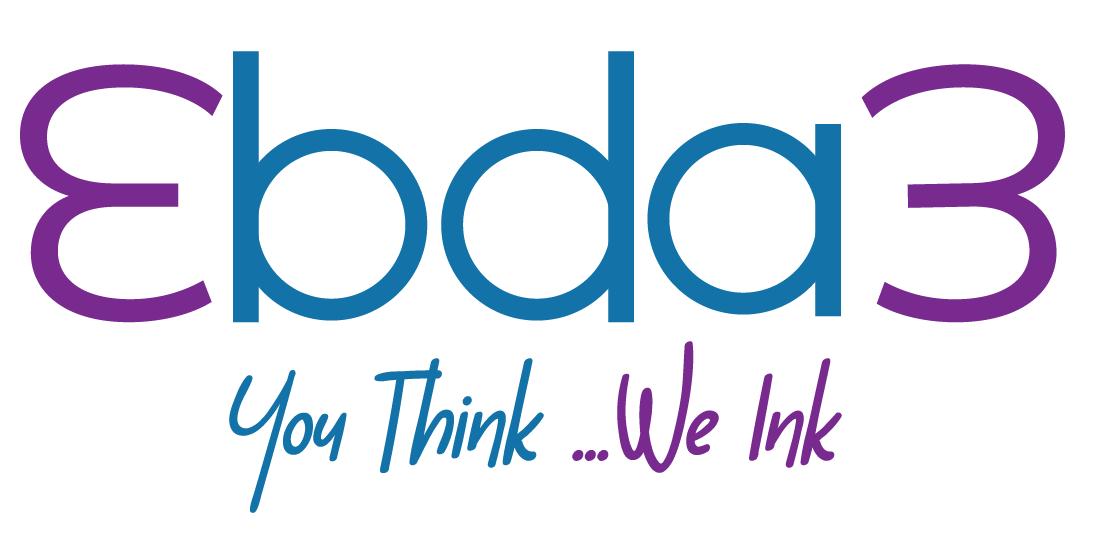The SEO Advantage: How to Optimize Your Portfolio for Search Engines

In a world where information is just a click away, ensuring that your online portfolio is discoverable by search engines is paramount. Search Engine Optimization (SEO) isn’t just for websites; it’s equally crucial for online portfolios. Let’s delve into the importance of SEO for your portfolio and explore practical tips to boost its search visibility.
Can My Portfolio Be Found on Search Engines?
Before we unravel the SEO magic, you might wonder if your portfolio can even be found on search engines. The answer is a resounding ‘yes,’ but achieving that requires deliberate optimization.
Think about it—when potential clients, employers, or collaborators are looking for someone with your skills or expertise, they often start with a search engine like Google. If your portfolio doesn’t appear in their search results, you might be missing out on valuable opportunities.
Why Does SEO Matter for Portfolios?
Increased Visibility: Properly optimized portfolios are more likely to appear in relevant search results, increasing your chances of being discovered by the right audience.
Credibility and Trust: High search engine rankings often equate to credibility in the eyes of users. Being on the first page of results can instill trust and confidence in your abilities.
Competitive Advantage: If your competitors are optimizing their portfolios for search engines and you’re not, you risk falling behind in the digital race.
Targeted Traffic: SEO helps attract visitors who are actively searching for the skills, services, or expertise you offer, resulting in more targeted and potentially conversion-ready traffic.
Practical SEO Tips for Your Portfolio:
Keyword Research: Identify relevant keywords that potential visitors might use to find someone with your skills. Integrate these keywords naturally into your portfolio’s content.
High-Quality Content: Create informative, well-written content that showcases your expertise. Google rewards valuable content that answers users’ questions.
Meta Tags: Optimize your portfolio’s meta title and description tags. These tags should be concise, descriptive, and include your primary keywords.
Image Optimization: Use descriptive file names and alt text for images. Search engines can’t “see” images, so these elements help them understand the content.
Mobile Optimization: Ensure your portfolio is mobile-friendly. Google prioritizes mobile-friendly websites in its rankings.
Page Speed: Speed matters. A slow-loading portfolio can lead to higher bounce rates. Compress images and optimize code to improve load times.
Backlinks: Encourage reputable websites to link to your portfolio. Quality backlinks can significantly boost your search rankings.
Regular Updates: Keep your portfolio fresh by regularly adding new content or updating existing pages. Search engines favor active, updated sites.
Local SEO: If you offer services in a specific location, optimize for local search by including location-based keywords and registering with Google My Business.
Analytics: Use tools like Google Analytics to monitor your portfolio’s performance. Analyze visitor behavior and adjust your SEO strategy accordingly. In conclusion, SEO isn’t a mystical concept; it’s a set of practices that can significantly impact the discoverability and success of your online portfolio. By understanding the importance of SEO and implementing these practical tips, you can enhance your portfolio’s search visibility and open doors to new opportunities. So, get ready to shine in the digital spotlight and let your optimized portfolio attract the attention it deserves.





